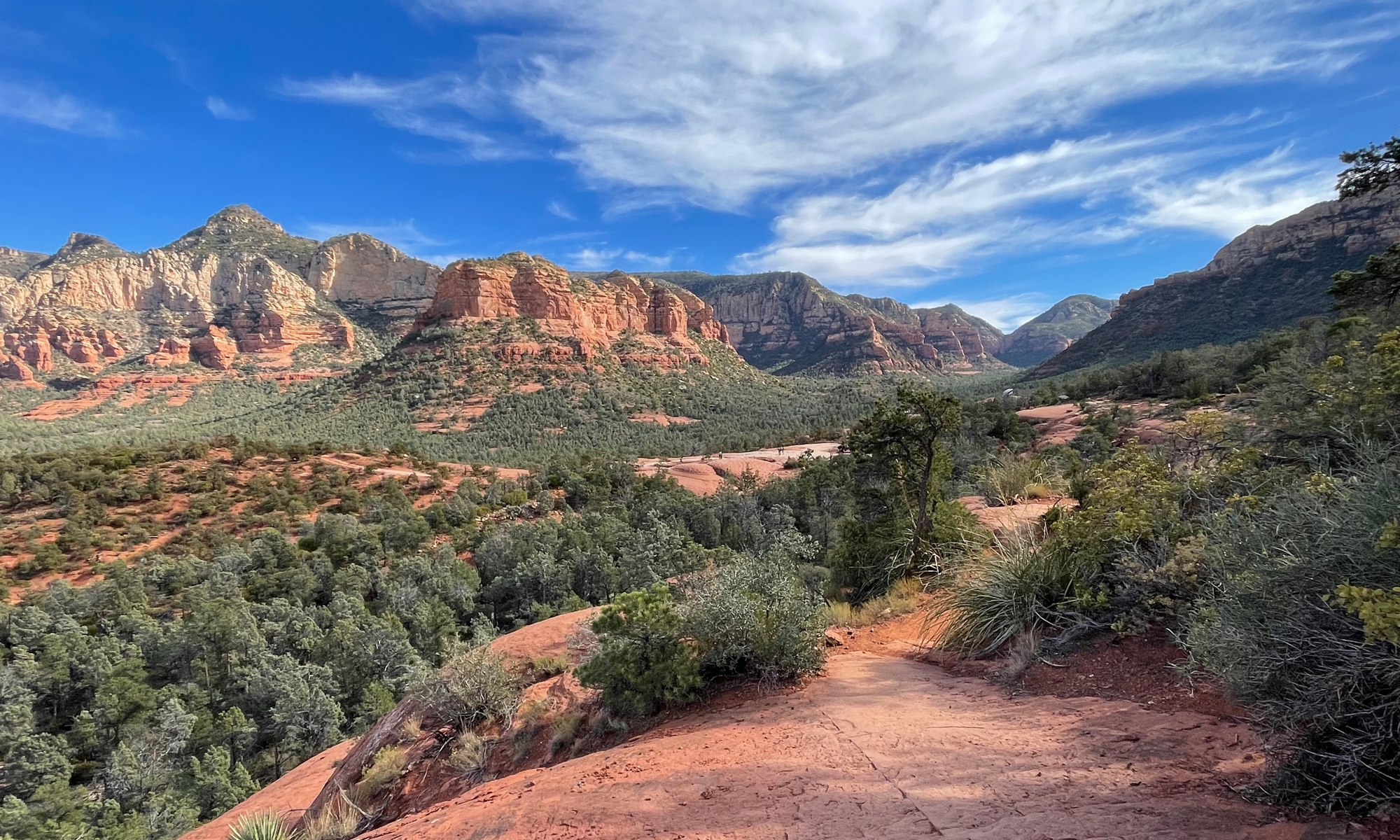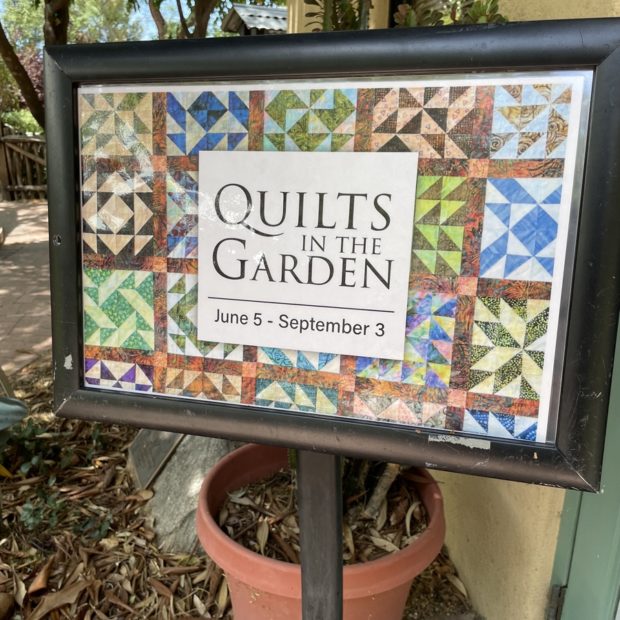
Last week, when I visited Tucson Botanical Gardens (TBG), I expected to see lots of beautiful plants and trees. What I did not expect to see was quilts. Had I planned my visit instead of just popping in on a whim, I would have realized there was a special exhibit featuring quilts created for Quilt for a Cause. Apparently, this is a regular fundraiser wherein a variety of handmade quilts crafted by local quilters are available for purchase with the proceeds going to support Quilt for a Cause and the TBG.
I was delighted to see such a wide variety of beautiful quilts on display and for sale at what I felt were very reasonable prices.
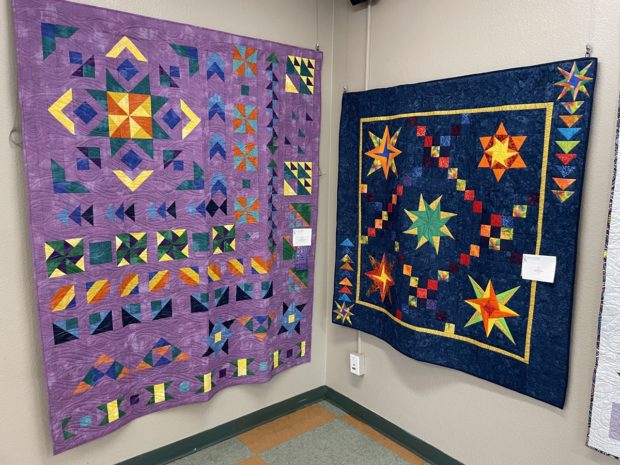
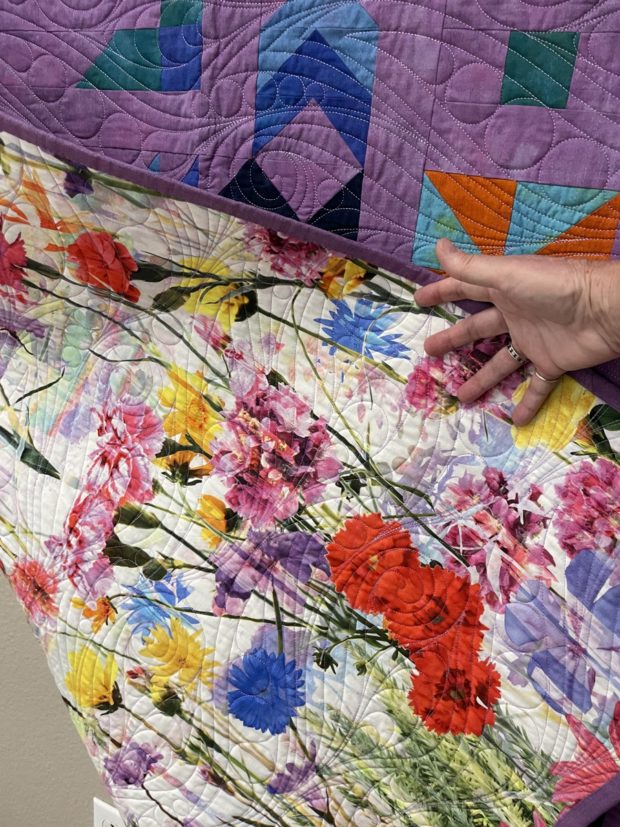
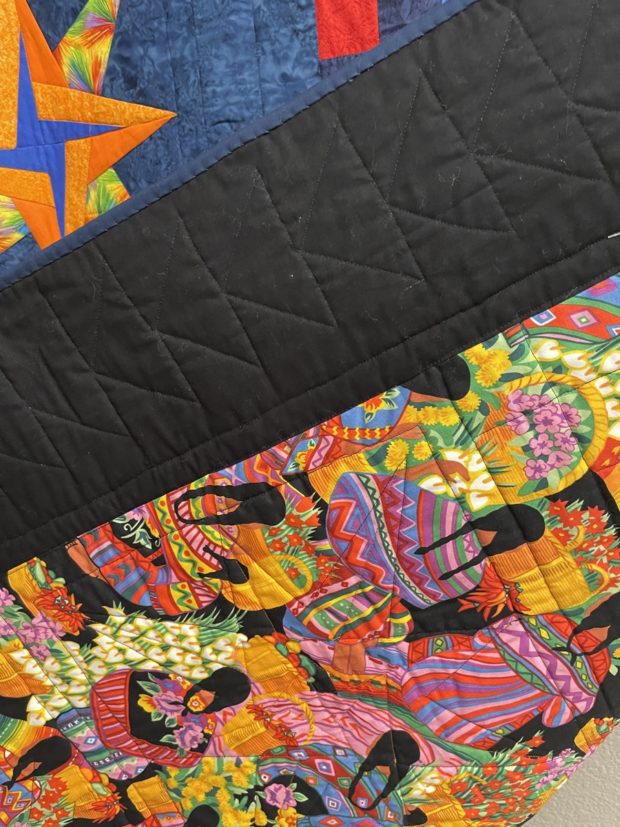
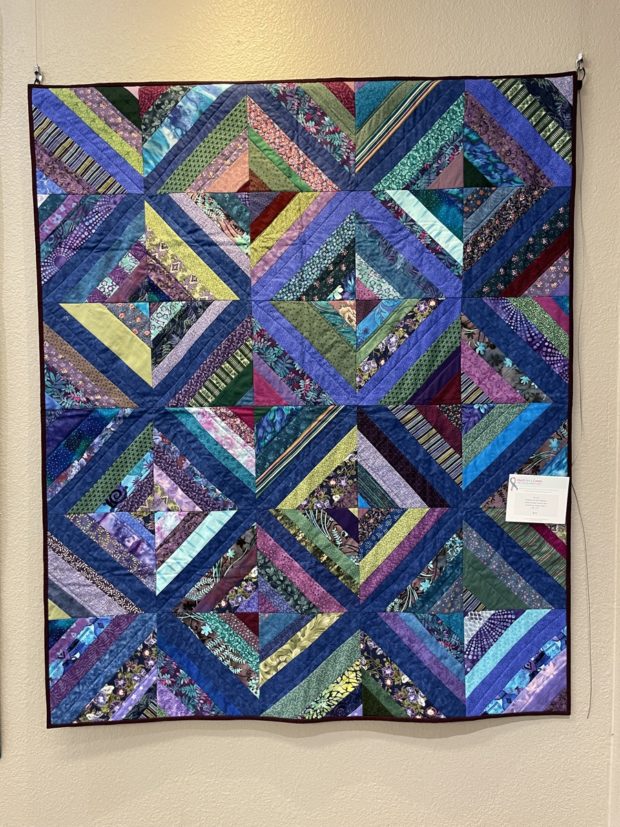
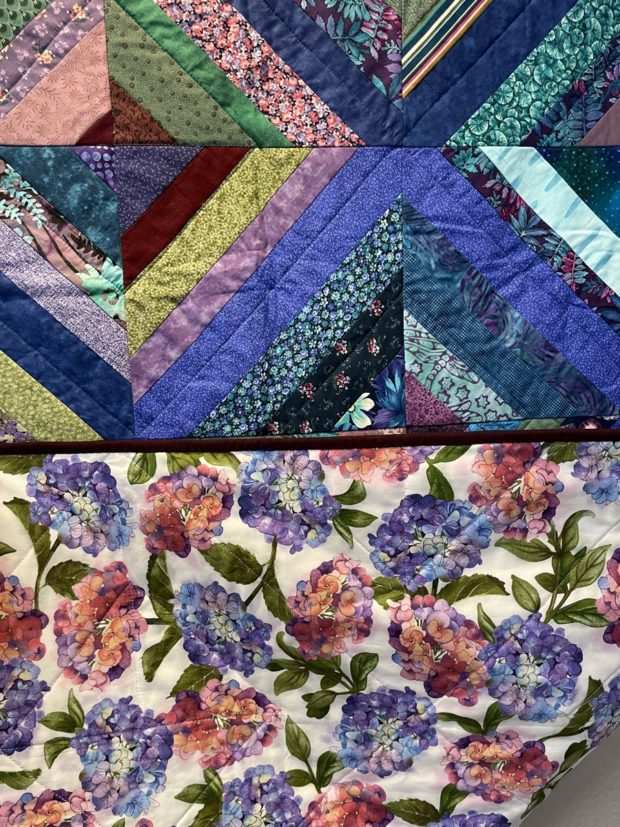
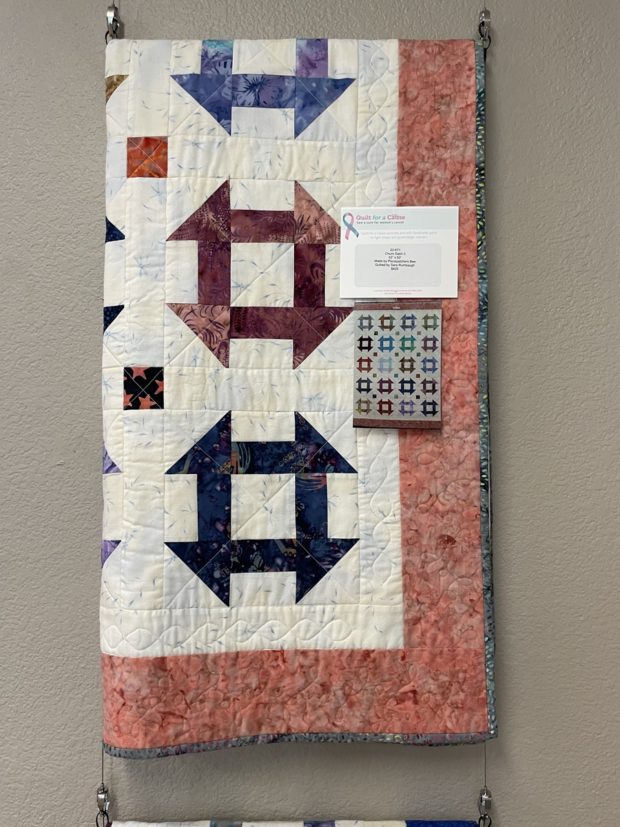
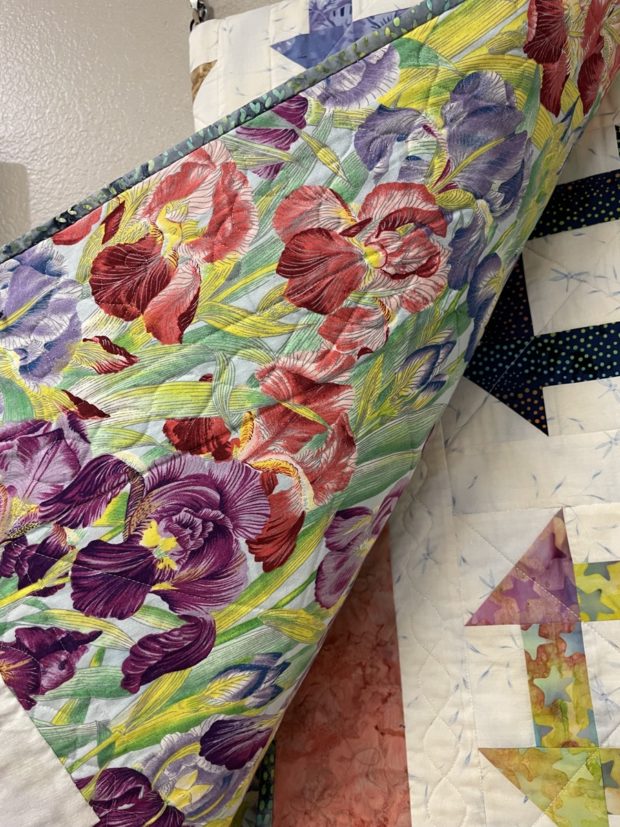
The above images were all captured in the space where the main exhibit was housed. As I was leaving the gardens, I noticed another room that housed racks of quilts for sale.
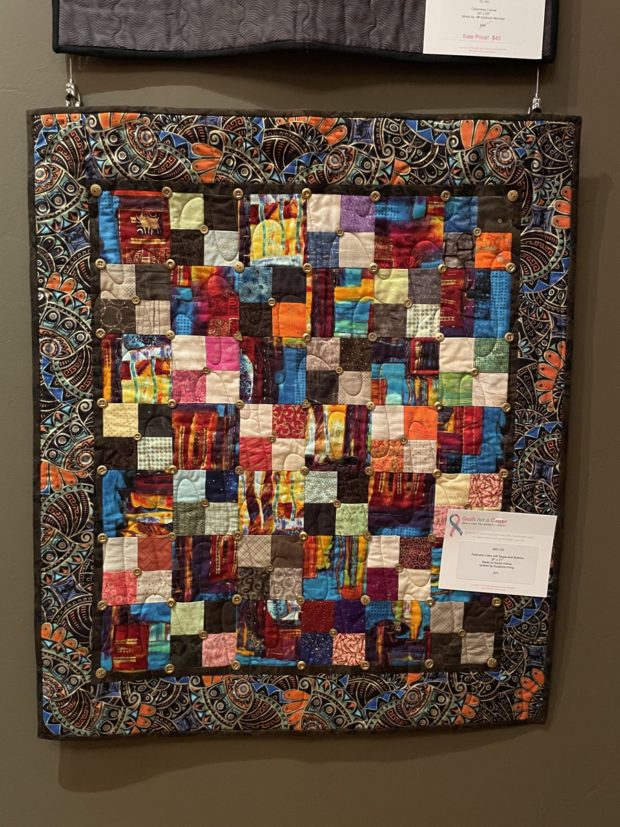
The quilt featured below — a table runner — was, in my opinion, both pretty and unique, so I decided to capture it for sharing here.
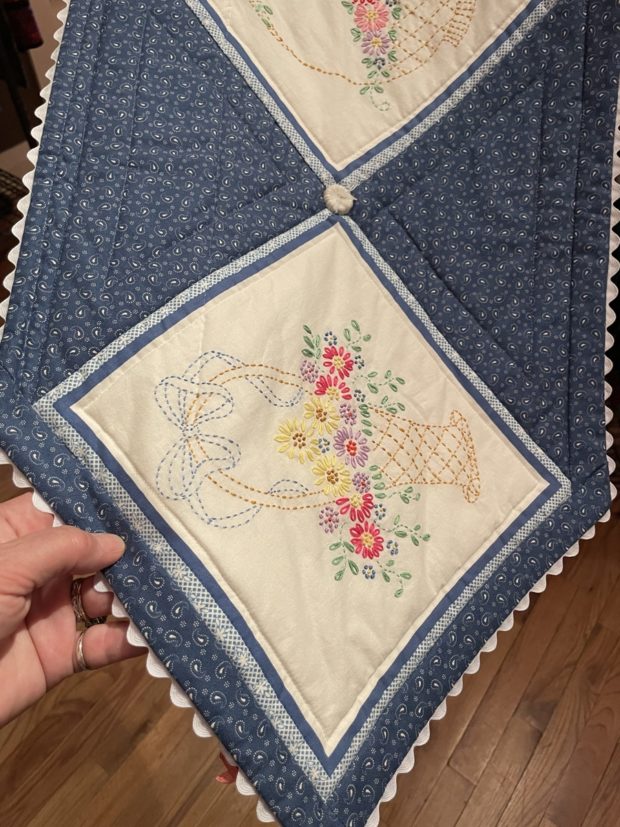
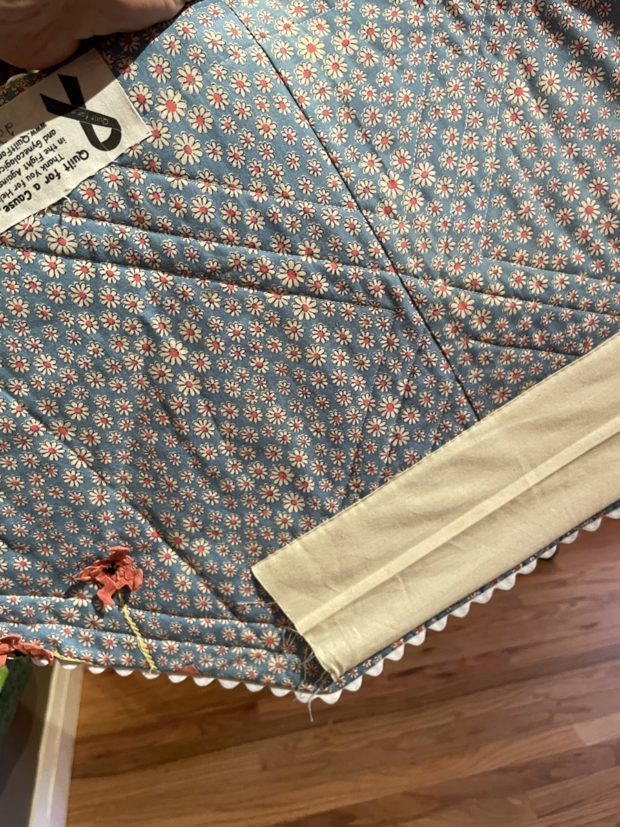
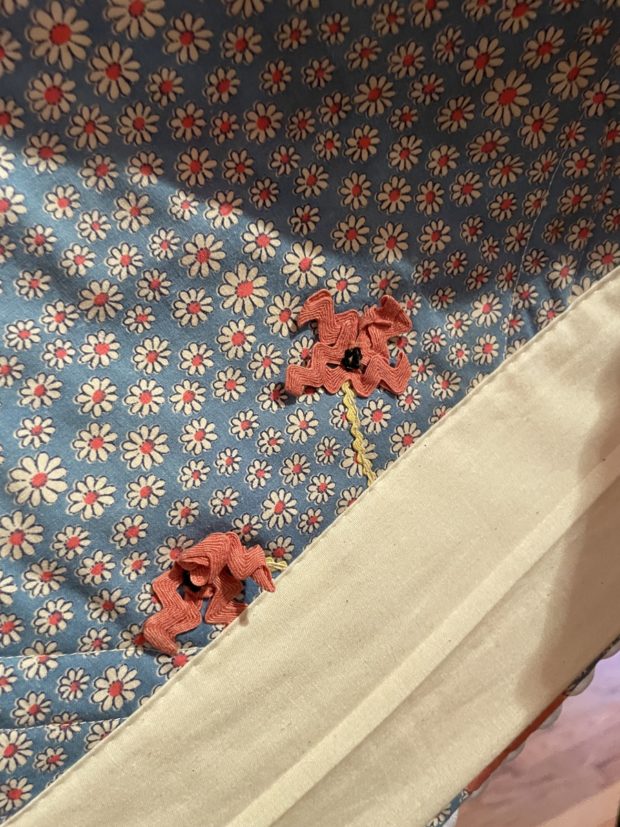
I enjoyed the exhibit so much, I think I’ll be returning multiple times to see if other quilts from the for-sale racks are rotated into the exhibit. While folks are free to look through the for-sale racks, it’s hard to appreciate the beauty of each quilt when looking at the piece while folded up and hanging on a crowded rack.
There’s one more very cool item I want to share, but that’s reserved for my next post.
